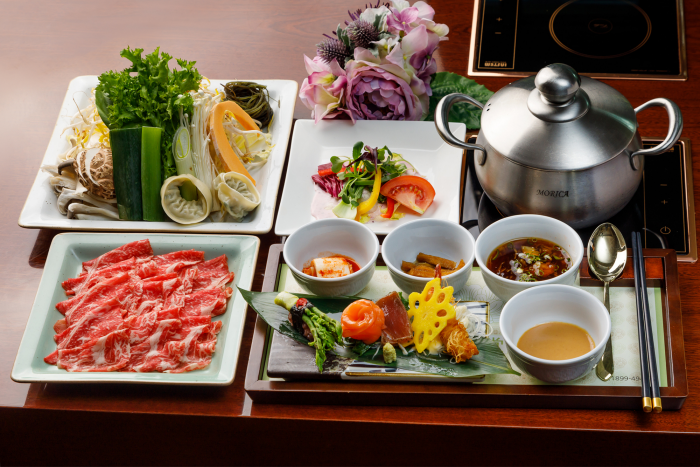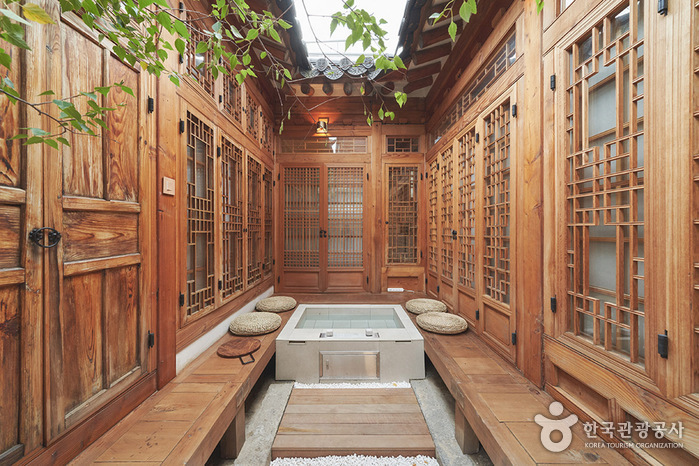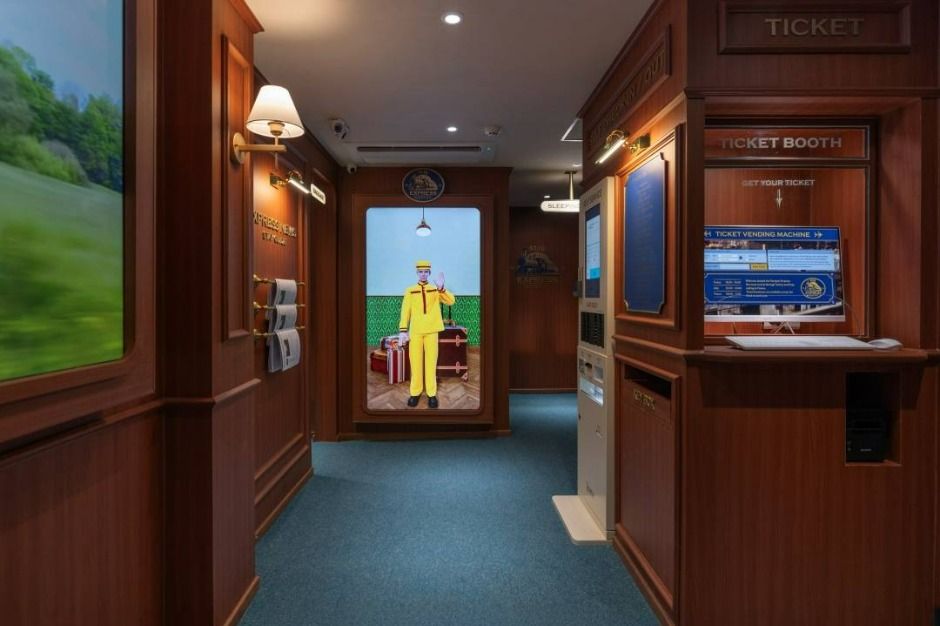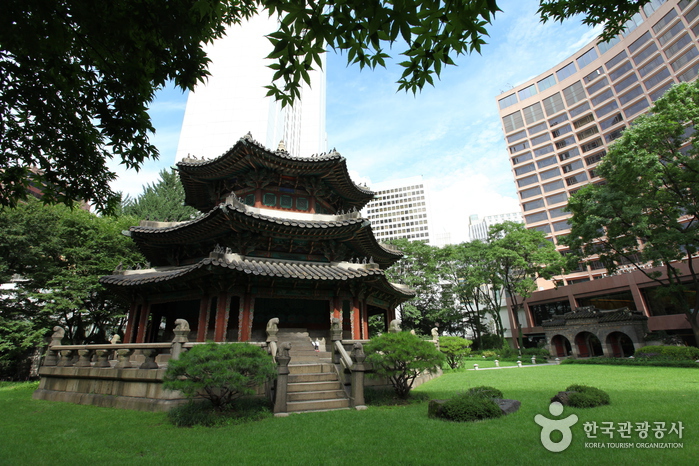Gwanghwamun Hanokjip (광화문한옥집)
4.0Km 2025-07-18
7, Saemunanro 5ga-gil, Jongno-gu, Seoul
Ilpumdang Premium (일품당프리미엄)
4.0Km 2025-07-18
7, Saemunan-ro, 5ga-gil, Jongno-gu, Seoul
A shabu-shabu specialty restaurant located in Gwanghwamun Gate, Seoul. A store with rooms. The most famous menu is shabu-shabu.
Foro de Distribución de Alimentos de Seúl (K-Food Show) (서울식품유통대전(K푸드쇼))
4.0Km 2025-06-09
Eulji-ro Jiha 12, Jung-gu, Seúl
02-6965-0055
Biblioteca de Seúl (서울도서관)
4.0Km 2022-12-14
Sejong-daero 110, Jung-gu, Seúl.
+82-2-2133-0300
La Biblioteca de Seúl ofrece una amplia variedad de documentos, desde materiales relacionados con la historia, la cultura, el urbanismo, el transporte, el medio ambiente, todo tipos de documentos sobre viajes, hasta informes extranjeros, documentos de investigación, materiales visuales e información electrónica.
Of one book and stay / 일독일박
4.0Km 2025-08-11
11-1, Pirundae-ro 3-gil, Jongno-gu, Seoul
This hanok (traditional Korean house) is located in Seochon Village near Gyeongbokgung Palace. It is a modern C-shaped hanok centered around the inner courtyard, which is the first thing that the guests see after entering through the gate. While it is not expansive, white pebbles and a foot bath make this hanok a unique one. One can enjoy a foot bath while sitting on the porch.
The bedroom, which is located beyond the living room, is furnished with a queen-sized bed. Opening the screen doors brings one to the view of the kitchen area beyond the inner courtyard. A large table, plush sofa, and a small bookcase make the space ideal for books and discussions. Climbing the wooden ladder to the side of the kitchen brings one to the attic, which also doubles as a Korean-style room with a skylight. The kitchen is furnished with a refrigerator, microwave oven, gas stove, electric kettle, toaster, pots, utensils, wine glasses, and bottled water. There is a restroom with a bathtub. The standard occupancy of the house is 4 people.
Valle Suseong-dong (수성동계곡)
4.0Km 2025-04-18
Okin-dong 185-3, Jongno-gu, Seúl
Stay Passport Express Spa Dangsan (스테이 패스포트 익스프레스 스파 당산점)
4.0Km 2025-04-11
92-1, Yangpyeong-ro, Yeongdeungpo-gu, Seoul
Calle de la Gastronomía de la Aldea Sejong (세종마을 음식문화거리)
4.0Km 2025-05-27
Chebu-dong 194-2, Jongno-gu, Seúl
Tiendas Departamentales SHINSEGAE Myeongdong (Casa Central) (신세계백화점 (본점))
4.0Km 2024-11-26
Sogong-ro 63, Jung-gu, Seúl.
Altar Hwangudan (환구단)
4.0Km 2021-07-30
Sogong-ro 112, Jung-gu, Seúl
El Altar Hwangudan es uno de los altares donde se realizaban rituales sagrados. Los primeros se hicieron durante la dinastía Goryeo, a cargo del rey Seongjong, en el primer mes de 983 (2º año de su reinado), pero su realización se vio interrumpida en diversos períodos hasta que en 1456, ya en la dinastía Joseon, se retomaron estas prácticas. El Altar Hwangudan empezó a tener rituales 1457, pero en 1464 se abolieron nuevamente hasta 1897.







 Español
Español
 한국어
한국어 English
English 日本語
日本語 中文(简体)
中文(简体) Deutsch
Deutsch Français
Français Русский
Русский